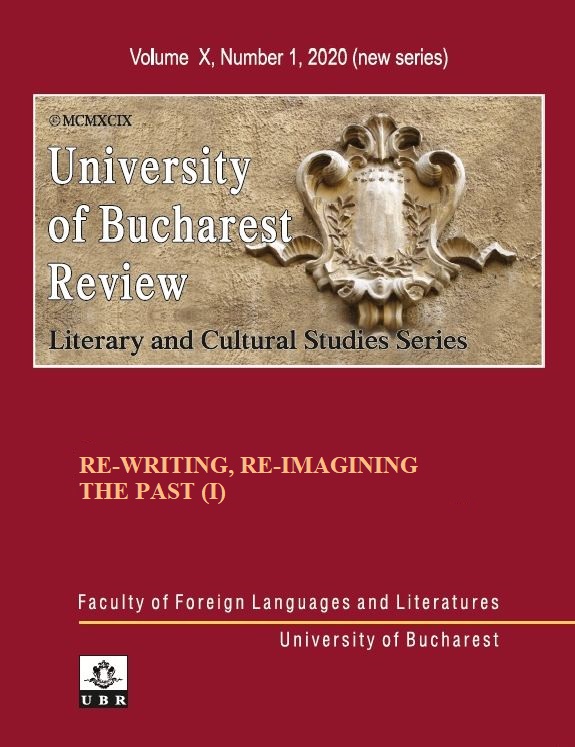A ‘Palimpestuous’ Reading of Lisa Strøme’s The Strawberry Girl
A ‘Palimpestuous’ Reading of Lisa Strøme’s The Strawberry Girl
Author(s): Dana BădulescuSubject(s): Studies of Literature, Aesthetics, Theory of Literature, British Literature
Published by: Editura Universităţii din Bucureşti
Keywords: Åsgårdstrand; chronotope; palimpsest; synaesthesia; “the aesthetics of pleasure”;
Summary/Abstract: This reading of Lisa Strømme’s debut novel The Strawberry Girl (2016) is informed by Gérard Genette’s approach to literature as ”hypertextual,” by which the literary theorist means that any text evokes “some other literary work” (Palimpsests: Literature in the Second Degree 9). To weave the story of how Munch painted the first version of his iconic Skrik (The Scream) at Åsgårdstrand, Strømme read Munch’s journals, newspaper archives, an old memoir by a local woman, Inger Alver Gløersen, whose stepfather was a friend of Munch’s, she explored Munch events and exhibitions, Munch’s paintings, and she had talks with local people. Aside from these non-literary sources, the writer referenced Goethe’s Faust, the legend of Peer Gynt, the Poe tic Edda, Dostoevsky, and she prefaced each chapter of the novel with a quote from Goethe’s Theory of Colours. This kind of multi-layered writing lends itself to what Genette calls, using Philippe Lejeune’s coinage, “a palimpsestuous reading” (399) done by readers whose barthesque “jouissance” leads them into the temptation of loving “(at least) two [texts] together” (399), and, in this case, a lot more than two, and not just texts, but also the enthralling art of painting, in a synesthetic experience.
Journal: University of Bucharest Review. Literary and Cultural Studies Series
- Issue Year: X/2020
- Issue No: 1
- Page Range: 99-111
- Page Count: 13
- Language: English

